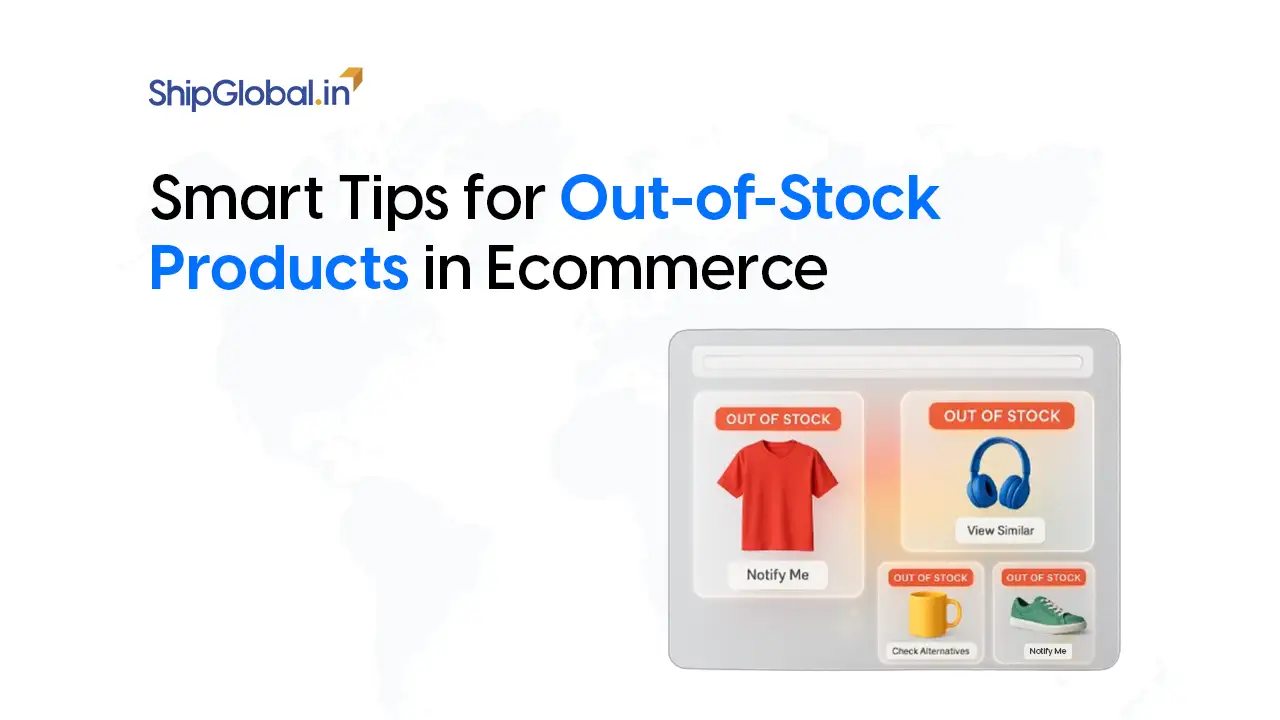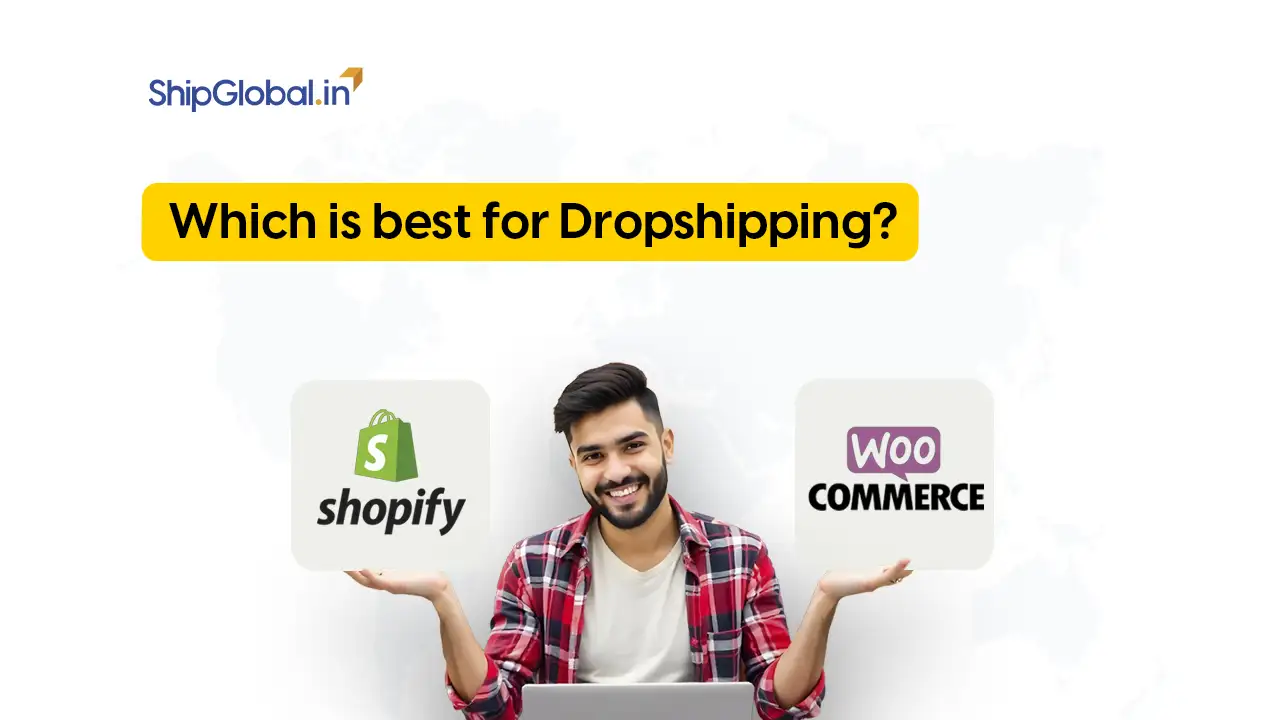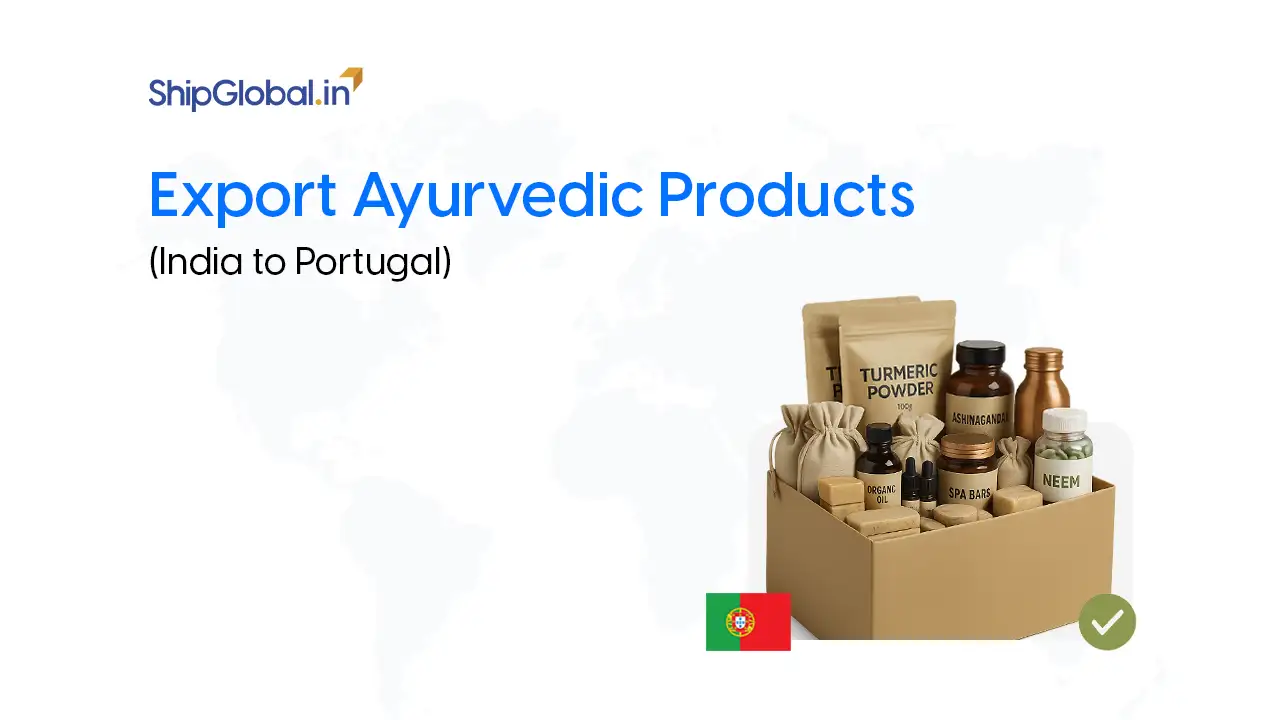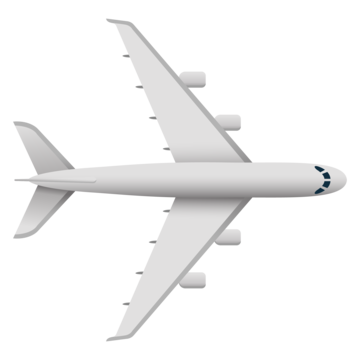“So… are we ready for Prime Day?” Rohan, an exporter from Delhi, looked up from his laptop. Orders were slow today, but Prime Day was coming — and it would be a whole different game.
“Ready?” Priya smiled, setting down her cup of chai. “This isn’t just any sale, Rohan. It’s Amazon Prime Day, two days when the world comes to shop, and we’re in the middle of it.”
Rohan felt both excited and nervous. Prime Day could bring record sales, but only with the right plan.
They weren’t exaggerating for 48 hours; shoppers from the US, UK, Europe, Japan, and Australia flooded Amazon, hunting for the best deals. And here’s the kicker: these buyers aren’t just browsing; they’re ready to spend.
But like any high-stakes event, success doesn’t happen by accident. It’s the result of careful planning, smart marketing, and flawless execution. You need a playbook, and the courage to stick to it when competition is fierce.
That’s where Amazon Global Selling comes in. It’s your passport to international marketplaces, your bridge from a small office or workshop in India to millions of carts and wishlists across the globe. You don’t need to set up a warehouse in New York or Berlin; Amazon’s infrastructure gets your products there.
Whether you’re shipping handcrafted rugs from Jaipur, organic teas from Darjeeling, yoga accessories from Rishikesh, or leather goods from Kanpur, Prime Day is your chance to shine on a world stage.
So, grab your chai (or coffee, if you’re feeling the Prime Day rush already), and let’s walk through your Prime Day preparation checklist in plain, no-jargon language, a game plan designed to help you not just survive, but dominate, this global shopping festival.
Why Prime Day is a Big Deal for Indian Exporters
Prime Day isn’t just for shoppers in India, it’s a global shopping festival. Millions of Amazon Prime members in the US, UK, Europe, Australia, and other regions eagerly await this event throughout the year. During Prime Day, they’re ready to grab deals, try new products, and shop more than usual.
For Indian exporters, this means access to a vast, highly engaged audience without incurring the costs of millions on advertising or overseas stores. Whether you sell textiles, handicrafts, electronics accessories, or wellness products, Prime Day can be your ticket to international recognition. With Amazon Global Selling, you skip the headaches of building logistics from scratch and focus entirely on selling to the right customers.
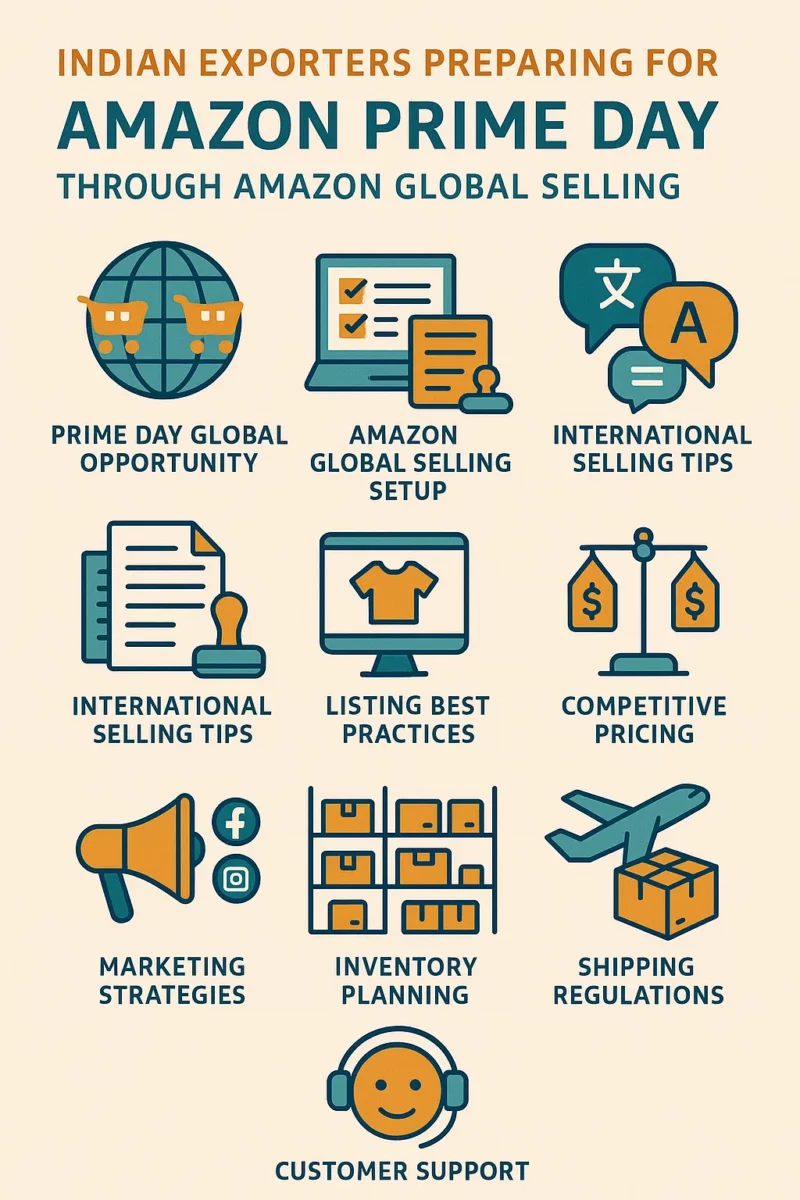
Prime Day Preparation Through Amazon Global Selling
Think of this stage as setting your game plan before the match begins. First, set up your Amazon Global Selling account — it’s your entry pass to marketplaces like Amazon.com, Amazon.co.uk, Amazon.de, and more. Don’t just list randomly; take time to research trends in each country. What’s selling in Australia may not be hot in Canada, and vice versa.
Use Brand Analytics to see what keywords customers are searching for, and Product Opportunity Explorer to spot products with high demand but low competition. Make a list of your top contenders and focus on refining them for global appeal. The earlier you start this preparation, the more time you have to tweak, test, and perfect.
Export Readiness: The Legal and Paperwork Stuff
Boring? Maybe. But skipping this step can be a disaster. You’ll need a valid Import Export Code (IEC) from DGFT, GST registration, and in some cases, additional certifications depending on your product type (like food safety for consumables).
For Prime Day, speed is everything, so you don’t want customs delays. Make sure your invoices, packing lists, and product descriptions are complete and accurate. If you’re unsure, work with an export consultant or logistics provider familiar with Amazon shipments.
Also, think about fulfillment. FBA Export can give you a huge edge — Amazon handles storage, packing, and delivery directly from their warehouses abroad. This means your customers get their orders faster, which can boost your ratings.
International Selling Tips for Amazon Global Sellers
Selling internationally is exciting because your audience is diverse — but it’s also tricky because different countries have different shopping habits. That’s why localisation is your best friend.
For example, selling yoga mats to US customers might require highlighting eco-friendly materials, while European buyers may focus more on design and minimalism. Product sizes, measurement units, and even colour meanings can vary by region — did you know white is associated with weddings in the West but mourning in some Asian cultures?
Always consider local laws, too. Some countries have strict import rules on cosmetics, electronics, or textiles. Do your homework before listing to avoid compliance issues and wasted inventory.
Product Listing Best Practices for the Global Marketplace
Your listing is your 24/7 salesperson, so make it irresistible. Start with a clear, keyword-rich title that says exactly what the product is and why it’s special. Customers abroad might not recognise local brand names, so lead with benefits.
Descriptions should be easy to scan: use bullet points for features, and clearly explain the benefits in everyday language. Use high-quality images, multiple angles, close-ups, and lifestyle shots showing the product in use. If possible, include short videos demonstrating the product.
If you have a brand registry, invest in A+ Content, which adds extra visual sections, comparison charts, and storytelling elements to make your product stand out from thousands of others.
Competitive Pricing Across Borders
Pricing can make or break your Prime Day performance. You’re competing with sellers from all over the world, so research is non-negotiable. Check competitor prices in each country’s Amazon marketplace, not just in India.
Remember to include all costs in your calculation, shipping, customs duties, Amazon FBA fees, and Prime Day discounts. If your price is too high after all these add-ons, customers will skip you.
Amazon’s Automated Pricing Tool is useful here. You set your minimum margin, and the tool adjusts your prices to remain competitive without dipping below your target profit. This can be a game-changer when prices change rapidly during Prime Day.
Marketing Strategies for Prime Day Success
Even with a great product, you need visibility. Start running Sponsored Product Ads and Sponsored Brand Ads at least a couple of weeks before Prime Day to build momentum. By the time the sale starts, customers will already recognise your brand.
Go beyond Amazon too, and promote on social media channels popular in your target country. Collaborate with influencers, run giveaways, or create short videos showcasing your products in action.
On Amazon itself, use Lightning Deals to create urgency and Coupons to attract bargain hunters. These can push your listing higher in search results during the sale.
Inventory Planning for Global Demand
Prime Day can turn slow-moving products into bestsellers overnight, but only if you have stock. Use historical data to forecast how much you’ll need, and always factor in extra for surprise demand spikes.
Amazon usually sets inventory cut-off dates for Prime Day, which means your products must be in their warehouses weeks in advance. If you miss these dates, you risk losing sales.
If you sell in multiple countries, distribute stock smartly. Don’t send all units to one marketplace and leave others empty. Balanced allocation can prevent lost opportunities.
Shipping Regulations and Cross Border Logistics
Each country has its shipping regulations, and breaking them can lead to delays or even product destruction. Check Amazon’s restricted products list for each region you sell in.
Packaging also matters — for example, fragile goods may need double boxing for US shipments. Some countries require warning labels or specific barcode formats.
Using Amazon-partnered carriers can simplify things because they’re already familiar with Amazon’s requirements. This helps avoid customs bottlenecks and ensures timely delivery, which is crucial for keeping your ratings high.
Customer Support for International Buyers
Great service builds trust and repeat buyers. Respond to customer messages within 24 hours — Amazon tracks this and can penalise slow responders.
If you get a return request, handle it quickly and professionally. Use Amazon’s Global Return Policy to make the process smoother for international buyers.
Language barriers? No problem — Amazon offers message translation tools so you can communicate clearly. A polite, respectful tone goes a long way in turning one-time buyers into loyal fans.
Post-Prime Day Analysis & Growth Planning
Once the Prime Day rush is over, don’t just move on — learn from it. Use Amazon Seller Central reports to see which products sold best, which ads performed, and where you lost sales.
If certain products did exceptionally well, consider making them your focus for future campaigns. On the flip side, if something underperformed, figure out if it was pricing, listing quality, or lack of visibility.
Use these insights to prepare for other big events like Black Friday, Cyber Monday, and the holiday season, which can be just as profitable as Prime Day.
Conclusion: Turning Prime Day into a Real Global Win
Prime Day is more than just a sales spike — it’s a chance to position your business as a serious global brand. For Indian exporters, it’s one of the few moments in the year when millions of high-intent buyers are actively looking for great deals, unique products, and new brands to try. This is when your handicrafts can reach a home in New York, your organic teas can end up in a London kitchen, and your leather goods can make their way to a customer in Sydney.
But here’s the reality: success doesn’t happen by luck. Sellers who win on Prime Day start their preparation weeks in advance, optimise every detail of their listings, ensure their pricing is spot-on, and have their inventory in the right Amazon warehouses before deadlines. They also stay laser-focused on customer satisfaction, knowing that good reviews from Prime Day buyers can impact their sales for months afterwards.
Another real factor to consider is time zone differences. Your customers may be buying while you’re asleep in India, so automation is key — from pricing adjustments to ads and order management. Also, keep in mind that Prime Day can create post-event ripple effects: if you wow a buyer during Prime Day, they might reorder later, refer friends, or leave a glowing review that boosts your organic ranking.
In short, treat Prime Day like a marathon that ends with a sprint — plan carefully, pace yourself, and when the day comes, go all in. The right mix of preparation, marketing, pricing, and customer service can turn those 48 hours into a stepping stone for long-term global success.
Frequently Asked Questions
Not necessarily, but Fulfilment by Amazon (FBA) is strongly recommended for Prime Day because it ensures faster shipping, better visibility, and Prime eligibility. Many international buyers prefer Prime-eligible products, so using FBA can significantly improve your chances of winning the Buy Box.
With Amazon Global Selling, you can use Amazon’s International Returns Service or partner with third-party logistics providers. FBA simplifies returns by managing them directly in the customer’s country, saving you time and hassle.
You’ll need to check Amazon’s restricted products list for each marketplace before listing. Some items like cosmetics, supplements, or electronics might require additional certifications or approvals depending on the country.
Yes — running ads at least 2–3 weeks before Prime Day builds product visibility and improves your ranking so you get more organic sales during the event. Many top sellers warm up their audience with small promotions before the big day.
Use historical data, track competitor sales, and always keep a buffer stock ready in India to quickly replenish inventory if needed. Sending inventory in multiple smaller shipments rather than one big load can also help balance risk.



